If we have N categories (between 1 and 100 according to a REST API) and each with X items (between 1 and 50, depending on the category), what is the best way to do a category RecyclerView?
To add do this I am adding card views for each item item of a category in the method "onBindViewHolder" like this:
@Override
public void onBindViewHolder(MoviesViewHolder holder, int i) {
holder.title.setText(items.get(i).getTitle());
// I add a CardView (item_category.xml) for each item in the list
for (ObjectShort object: items.get(i).getObjects()) {
LayoutInflater inflater = (LayoutInflater) context.getSystemService(Context.LAYOUT_INFLATER_SERVICE);
View view = inflater.inflate(R.layout.item_category, holder.linearCategories, false);
ImageView img = (ImageView) view.findViewById(R.id.iv_wallpaper);
imageLoader.load(img, object.getImg().getPoster().getThumbnail());
holder.linearCategories.addView(view);
}
}
And when it is recycled I remove the ITEMS elements in "onViewRecycled" because if I do not do it when doing vertical scrolling and reloading a category, items are added again duplicating:
@Override
public void onViewRecycled(MoviesViewHolder holder) {
// delete all items
holder.linearCategories.removeAllViews();
}
Is there any better way to do it? This is not effective and the scroll is very slow
thanks to all
